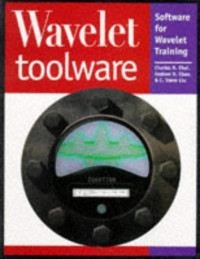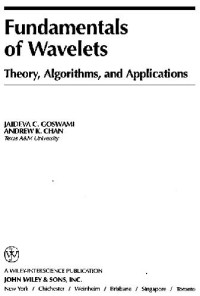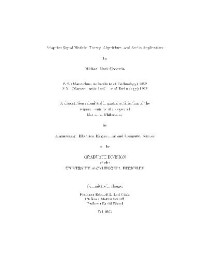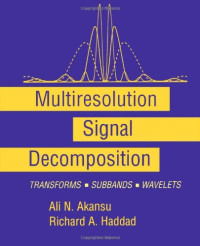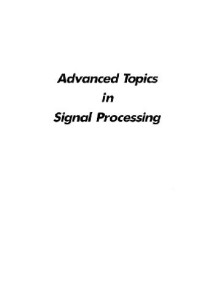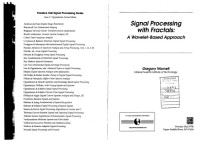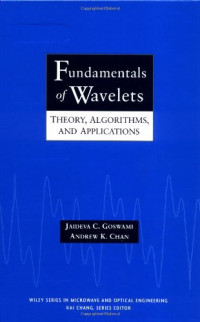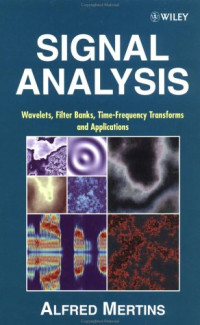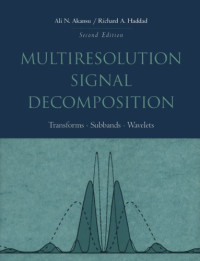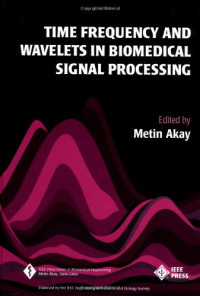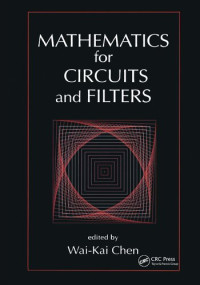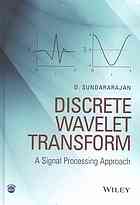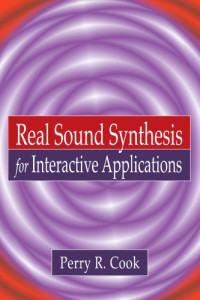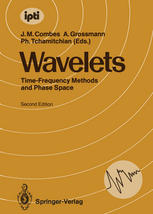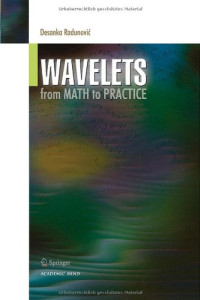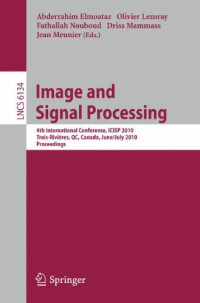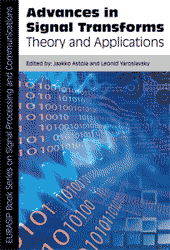
Adaptive Signal Models: Theory, Algorithms, and Audio Applications
Goodwin, Michael M.
Adaptive Signal Models: Theory, Algorithms and Audio Applications presents methods for deriving mathematical models of natural signals. The introduction covers the fundamentals of analysis-synthesis systems and signal representations. Some of the topics in the introduction include perfect and near-perfect reconstruction, the distinction between parametric and nonparametric methods, the role of compaction in signal modeling, basic and overcomplete signal expansions, and time-frequency resolution issues. These topics arise throughout the book as do a number of other topics such as filter banks and multiresolution. The second chapter gives a detailed development of the sinusoidal model as a parametric extension of the short-time Fourier transform. This leads to multiresolution sinusoidal modeling techniques in Chapter Three, where wavelet-like approaches are merged with the sinusoidal model to yield improved models. In Chapter Four, the analysis-synthesis residual is considered; for realistic synthesis, the residual must be separately modeled after coherent components (such as sinusoids) are removed. The residual modeling approach is based on psychoacoustically motivated nonuniform filter banks. Chapter Five deals with pitch-synchronous versions of both the wavelet and the Fourier transform; these allow for compact models of pseudo-periodic signals. Chapter Six discusses recent algorithms for deriving signal representations based on time-frequency atoms; primarily, the matching pursuit algorithm is reviewed and extended. The signal models discussed in the book are compact, adaptive, parametric, time-frequency representations that are useful for analysis, coding, modification, and synthesis of natural signals such as audio. The models are all interpreted as methods for decomposing a signal in terms of fundamental time-frequency atoms; these interpretations, as well as the adaptive and parametric natures of the models, serve to link the various methods dealt with in the text. Adaptive Signal Models: Theory, Algorithms and Audio Applications serves as an excellent reference for researchers of signal processing and may be used as a text for advanced courses on the topic.
Năm:
1998
In lần thứ:
1998
Nhà xuát bản:
Springer
Ngôn ngữ:
english
Trang:
259
ISBN 10:
0792382919
ISBN 13:
9780792382911
File:
PDF, 26.97 MB
IPFS:
,
english, 1998
 Amazon
Amazon  Barnes & Noble
Barnes & Noble  Bookshop.org
Bookshop.org  Chuyển đổi tập tin
Chuyển đổi tập tin Các kết quả tìm kiếm tiếp theo
Các kết quả tìm kiếm tiếp theo Các lợi ích khác
Các lợi ích khác 